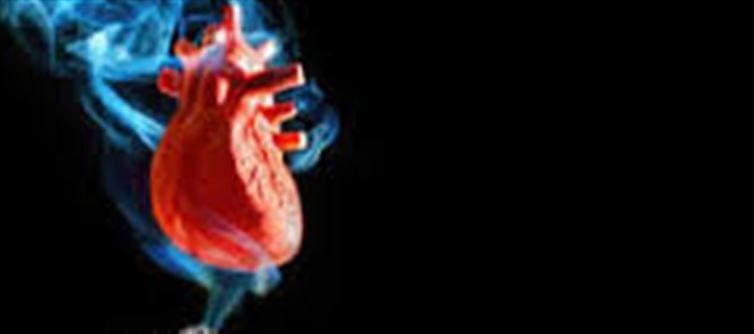
New Delhi: Many people believe that smoking only a few cigarettes a day is relatively safe. However, new research shows that even light smoking significantly increases the risk of heart disease and early death. Here’s what you need to know:
1. No Safe Level of Smoking
- Fact: Even 1–2 cigarettes daily can damage blood vessels, raise blood pressure, and increase arterial stiffness.
- Tip: Complete cessation is the only way to fully reduce cardiovascular risk.
2. heart Disease Risk Jumps 50%
- Why It Happens: Nicotine and other chemicals in cigarettes trigger inflammation, oxidative stress, and plaque buildup in arteries.
- Impact: Increased risk of heart attack, stroke, and coronary artery disease—even at low consumption.
3. Other health Consequences
- Reduced oxygen supply to the heart and organs
- Higher risk of blood clots and arrhythmias
- Early aging of blood vessels and impaired circulation
4. Light Smokers Are Not Immune
- Studies show that people who smoke a few cigarettes per day have a similar risk of heart disease as heavy smokers.
- Tip: Avoid the misconception that “social” or “occasional” smoking is harmless.
5. Steps to Protect Your Heart
- Quit smoking completely using support tools like nicotine patches, therapy, or counseling
- Maintain a heart-healthy lifestyle: exercise regularly, eat a balanced diet, and manage stress
- Regular check-ups: Monitor blood pressure, cholesterol, and heart function
Bottom Line: Light smoking is far from safe. Even just two cigarettes a day can dramatically increase your risk of heart disease and premature death. Quitting entirely is the most effective way to protect your heart and overall health.
Disclaimer:
The views and opinions expressed in this article are those of the author and do not necessarily reflect the official policy or position of any agency, organization, employer, or company. All information provided is for general informational purposes only. While every effort has been made to ensure accuracy, we make no representations or warranties of any kind, express or implied, about the completeness, reliability, or suitability of the information contained herein. Readers are advised to verify facts and seek professional advice where necessary. Any reliance placed on such information is strictly at the reader’s own risk..jpg)




 click and follow Indiaherald WhatsApp channel
click and follow Indiaherald WhatsApp channel